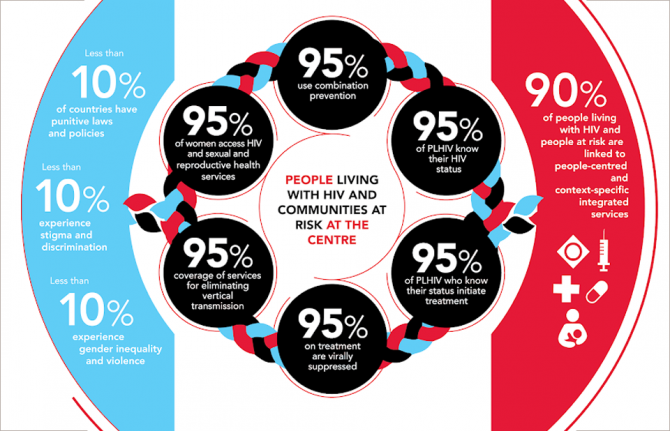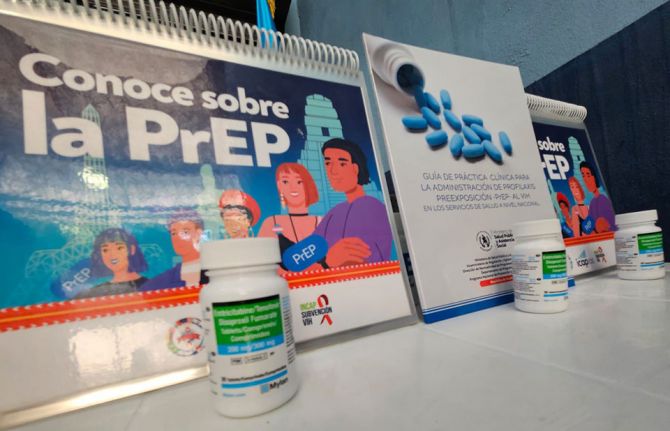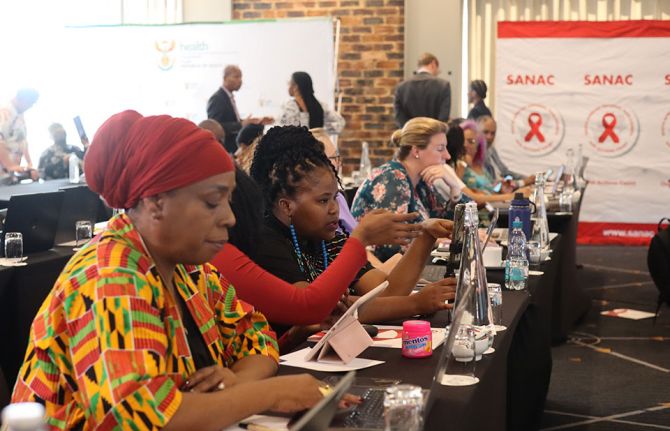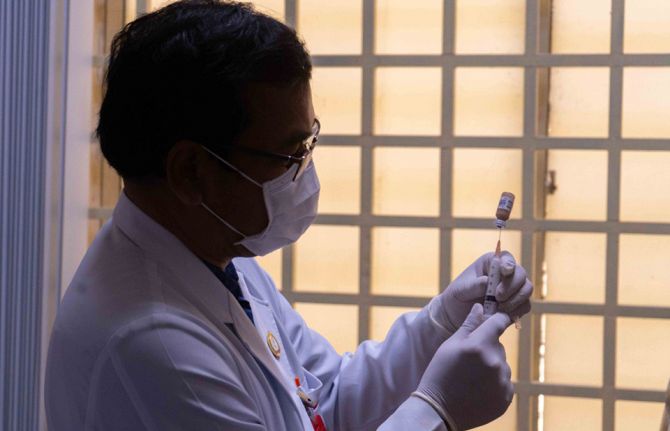

Feature Story
2025 AIDS targets: the next generation of goals for the global AIDS response
21 July 2021
21 July 2021 21 July 2021At a session at the International AIDS Society (IAS) Conference on HIV Science, the participants discussed the new AIDS targets for 2025, which are included in the UNAIDS Global AIDS Strategy 2021–2026 and the 2021 United Nations Political Declaration on AIDS.
The session aimed to make the 2025 targets known more widely among the attendees of the conference. The panel was moderated by Luisa Frescura and introduced by Shannon Hader, the UNAIDS Deputy Executive Director of Programmes. The panel included Adele Benzaken, the Co-Chair of the target-setting process, Aleny Couto, Mandisa Dukashe, Birgit Poniatowski, Erik Lamontagne, Peter Ghys and José A. Izazola.
The different targets, including targets for services, integration and societal enablers, were discussed, framed within the Sustainable Development Goals, and the financial resources needed to achieve them in low- and middle-income countries were highlighted.
The global 2025 targets for the AIDS response are more granular than the targets for 2020. They recognize that societal, service and system enablers are needed to reach the high levels of service coverage and impact needed, while emphasizing the importance of integrating the HIV response to achieve universal health coverage and the Sustainable Development Goals.
The session heard that recommendations for prevention services are given in accordance with the specific needs of populations or groups and their risk of acquiring HIV, with a particular focus given to key populations. The participants also heard that testing and treatment services need to be scaled up in each and every subgroup in order to avoid them being left behind and hidden in the general average of coverage.
The participants noted that the ambitious targets are achievable and clearly show the way to reach a sustainable response to HIV globally.
Quotes
“The new targets for 2025 are indeed more ambitious compared to the ones for 2020; actually, they have to be to inform the design of effective programmes for the future.”
“Because of the lack of progress in the last few years, the resource needs will now peak at US$ 29 billion by 2025 instead of peaking at US$ 26 billion by 2020 and will then decrease. If countries achieve these ambitious targets, a larger number of people will benefit by receiving needed services, and a wider benefit will be achieved as the AIDS epidemic will transit into a controlled phase; the resource needs will stop growing, then start declining”.
“Targets are also needed for HIV science. Having ambitious targets is not contradictory with being realistic. Actually, one aspect supports the other.”



